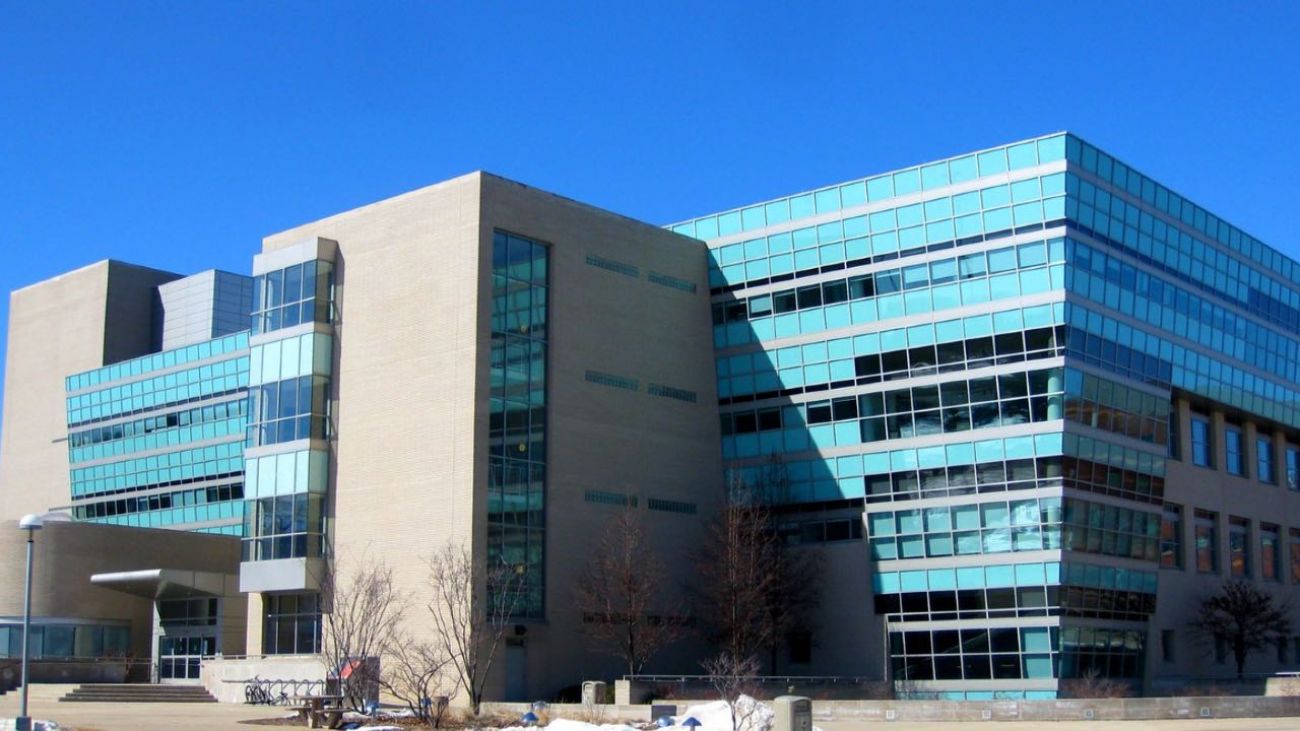Michigan college freshman enrollment drops amid COVID. Will they return?

CORRECTION: An earlier version of this article mistakenly used enrollment data for freshman at Wayne State University rather than first-year students, which is not necessarily the same. The article and accompanying chart have been updated.
Amid an ongoing pandemic, thousands fewer first-time college students enrolled at Michigan universities and community colleges this fall, a decline with potentially troubling long-term ramifications for the state, as well as for the students themselves.
Freshman enrollment is down an average of 7.4 percent at the state’s public universities from last fall, and down 8 percent to 10 percent at Michigan’s community colleges, according to a Bridge Michigan analysis of schools that have reported enrollment figures and interviews with college leaders. Figures for Michigan’s private four-year universities were not immediately available.
First-year student enrollment is down at 11 of 13 public universities that have made their fall enrollment figures publicly available. Two major universities — the University of Michigan-Ann Arbor and Central Michigan University — have yet to release fall enrollment data.
Some universities are facing steep drop-offs: Freshman enrollment at Ferris State University in Big Rapids plummeted more than 18 percent compared to fall 2019; Oakland University in Oakland County and Northern Michigan University in Marquette are each down 15 percent.
Michigan State University saw a decrease of about 4 percent in first-time student enrollment. Wayne State University (5.1 percent) and Lake Superior State University in Sault Ste. Marie (9.9 percent) were the only public universities to increase first-year student enrollment over 2019.
First-year students at Macomb Community College are down 19 percent.
The schools facing steeper declines mirror drops in freshman enrollment across the nation. An analysis by the National Student Clearinghouse Research Center found first-time college enrollment at two- and four-year institutions was down 16 percent compared to fall 2019.
College officials blame the coronavirus pandemic, saying health concerns over being on campus, resistance to online learning, and income insecurity from the virus’ economic toll made students and families hesitant.
If U-M and Central Michigan match the pattern of declines at the state’s other public universities, there likely are at least 3,000 fewer freshmen at Michigan’s public universities this fall. In a normal fall, state universities enroll about 43,000 first-year students, with a similar figure at community colleges.
While a one-year decline may not seem like big news, the economic impact could be long-lasting. The concern, as expressed by college officials, is that many of those missing freshmen won’t find their way to campus even after a vaccine is developed.
On average, the likelihood of enrolling in college drops 30 percent among high school grads who don’t enroll in the months following graduation, according to national education statistics.
“If you have an 18 year old, I assume those parents are concerned about safety,” said Lou Glazer, president of Michigan Future, an Ann Arbor-based nonprofit working to improve the state’s economy through increased college enrollment. “It’s not an easy decision.
“But the fear is that if you delay a year, it ends up being permanent, that you have a cohort that is less college-educated,” Glazer said. “The one thing that we know overwhelmingly is that the economic well-being of people is aligned with whether they earn a college degree.”
In Michigan, a typical adult with a high school diploma earns $24,400 five years after graduation, compared to about $40,000 for someone with a certificate or an associate’s degree, and $52,000 for someone with a bachelor’s degree, according to state data.
If thousands of Michigan residents who would have normally gone to college forego it because of the pandemic, “it substantially reduces [on average] their economic well-being for the next 40 years,” Glazer said. “For the state, if you have a cohort earning less, they spend less in the local economy. Even more importantly, you’ll end up with a cohort that doesn’t have the skills for the job market.”
That’s particularly troubling for Michigan, which ranks 34th in the country in the percentage of adults with a bachelor’s degree or higher.
To meet projected job growth in fields that require workers with some type of post-secondary education, Michigan needs to increase its production of students with certificates and degrees by about 45,000 a year, said Ryan Fewins-Bliss, executive director of the Michigan College Access Network, a nonprofit that advocates for increased college access and affordability for low-income and first-generation students.
If, instead of increasing college grads, the number of students enrolling [and graduating] is decreasing, the state’s economic future is put at risk, he said.
“In many ways, it’s an SOS flare, especially as we see the pandemic stretching on or getting worse. When you pinch the pipeline this year, it’ll affect the production [of college grads] in three to six years, and that has implications for the economy as we try to build the workforce.”
Jeanne Nicol, director of public relations at Macomb Community College, said the 21,000-student school is surveying students who didn’t re-enroll.
“We don’t have a lot of data yet, but one of the reasons we’re hearing is they didn’t think they’d be successful in the switch to online [classes],” Nicol said.
“We know there are people who don’t feel comfortable online.”
Dawn Aubry, vice president for enrollment management at Oakland University, said the state’s public universities are “all very concerned – we know the pandemic definitely impacted people’s decisions.
“I think families are evaluating, ‘Is this the time to invest money in college, or wait until there’s a vaccine?’” Aubry said.
Those students take jobs, typically making low wages but still more than they did in part-time jobs in high school, Fewins-Bliss said. Some get married or buy homes that require a steady income.
“It’s really hard then to say, OK, I’m ready to go to school and shut down this revenue stream and pay money out,” Fewins-Bliss said.
Those least likely to enroll in college after taking a pandemic gap year are the students Michigan already struggles to get onto campus – those from low-income families and whose parents didn’t go to college, Fewins-Bliss said.
One hope mentioned by college officials is Gov. Gretchen Whitmer’s Futures for Frontliners program, which offers free community college for essential workers who risked their health through the worst days of the pandemic, including grocery store employees and nursing home staff. More than 60,000 signed up in the first two weeks after the program was announced.
Essential workers can get financial aid for college beginning in January, giving community colleges reason to believe their enrollment declines will reverse.
Peter Provenzano, chancellor at Oakland Community College, which saw a 7 percent decline in first-time students, said he frequently has conversations with students who are leaning toward taking a gap year.
“What I’ve said is, ‘Don’t do it,’” he said.
“‘Take a couple classes and stay in the game, don’t sit on the bench. The economy will turn around and employers will be hiring, and it’s critical you have a credential in the job market where 75 percent of [future] Michigan jobs will require a degree or credential.’”
Michigan Education Watch
Michigan Education Watch is made possible by generous financial support from:
Subscribe to Michigan Health Watch
See what new members are saying about why they donated to Bridge Michigan:
- “In order for this information to be accurate and unbiased it must be underwritten by its readers, not by special interests.” - Larry S.
- “Not many other media sources report on the topics Bridge does.” - Susan B.
- “Your journalism is outstanding and rare these days.” - Mark S.
If you want to ensure the future of nonpartisan, nonprofit Michigan journalism, please become a member today. You, too, will be asked why you donated and maybe we'll feature your quote next time!





